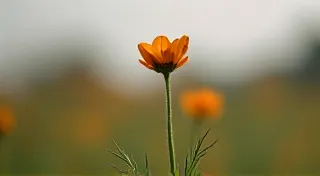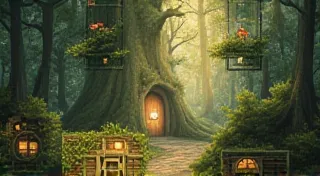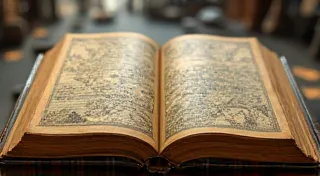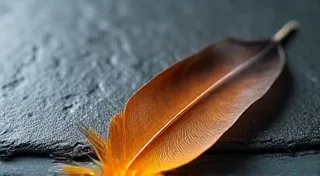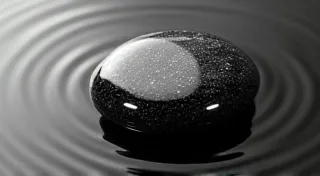The Archivist's Chamber: Finding Inspiration in the Past
The air in the archive always smells of dust and possibility. It’s a scent unique to forgotten stories, whispered secrets held within yellowed paper and brittle photographs. As a writer, I've found that stepping into those spaces, allowing myself to be immersed in the echoes of previous lives, is often the key to unlocking creativity, particularly when I feel creatively blocked. My current fascination? Antique accordions.
It wasn’s a calculated decision to focus on them. I stumbled upon a box of family documents while helping my grandmother clear out her attic. Amongst faded letters and black and white portraits, nestled amongst moth-eaten lace, lay a single, forlorn accordion. It was beautiful, even in its disrepair. The bellows were cracked, the keys stuck, and a dark patina coated the metalwork. It felt…heavy with stories.
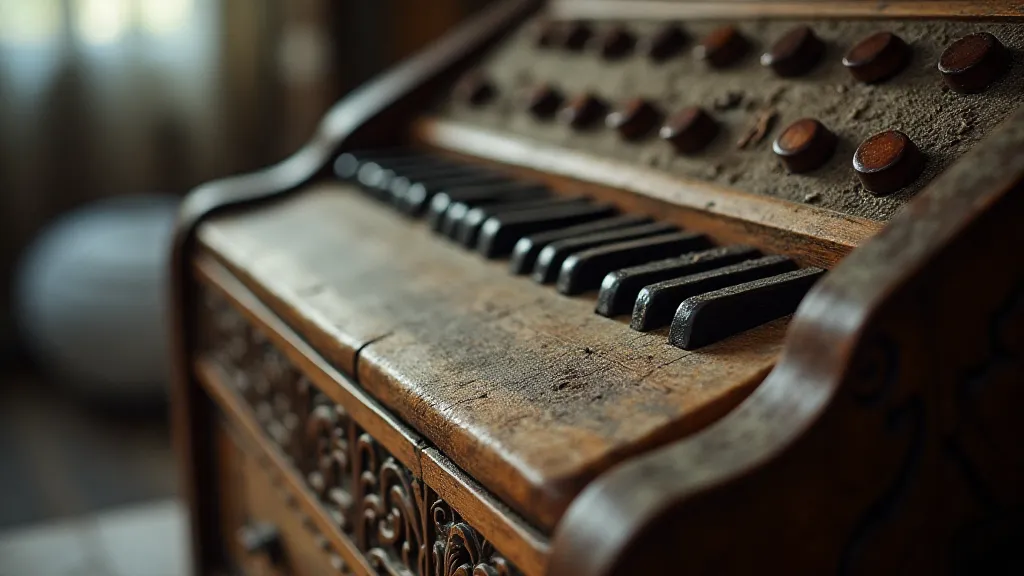
More Than Just a Musical Instrument
Most people, when they think of an accordion, might conjure images of polka bands or street performers. But these instruments, particularly the older ones, are so much more than mere novelty. They are testaments to craftsmanship, to ingenuity, and to the enduring human desire for connection through music. The history of the accordion is surprisingly rich, evolving from earlier free-reed instruments from Europe and Asia. The modern accordion, as we recognize it, largely took shape in the 19th century, primarily in Vienna and Bohemia.
Consider the sheer amount of skill involved in its creation. Each key, painstakingly manufactured and tuned. The intricate bellows, requiring precise engineering to ensure airtight seals and responsive action. The reeds, tiny pieces of metal that vibrate to produce the music. To build even a rudimentary accordion demanded the mastery of multiple trades—woodworking, metalworking, and music theory. In the 19th and early 20th centuries, they weren't mass-produced; they were built with care, often by individual artisans who poured their skills and passion into their work. These weren’t just instruments; they were heirlooms, intended to be passed down through generations.
The Human Stories Within the Keys
What captivated me wasn’t just the mechanics of the instrument, though that was certainly intriguing. It was the potential for stories it represented. Who played this accordion? What music did they play? Were they a professional musician, entertaining crowds in a bustling city, or a family member, playing simple tunes for loved ones? The questions multiplied, each one a thread leading to a potential narrative.
My grandmother, bless her memory, recalled a distant relative—a great-uncle she barely knew—who was a traveling musician. He played weddings, dances, and festivals, carrying his accordion with him wherever he went. He apparently played a particular lively polka that always brought a smile to people’s faces, even in the darkest of times. It's a detail seemingly insignificant, but it sparked an idea. What if a young man, escaping a troubled past, found solace and a sense of belonging through playing the accordion? What if the music itself held the key to his redemption?
That sparked a short story. It wasn’t a grand, sweeping epic, but a quiet exploration of resilience and the power of music to heal. I didn’t set out to write about an accordion. I set out to write about a person, and the accordion simply became a conduit for their story, a tangible link to a past I could only imagine.
The Art of Restoration and the Allure of the Past
Deciding to learn more about the instrument, I began researching antique accordions. I discovered a vibrant community of collectors and restorers, individuals passionate about preserving these pieces of history. The process of restoring an accordion can be incredibly challenging—requiring patience, skill, and a deep respect for the original craftsmanship. It's not about making it look "new," but about bringing it back to a usable state, preserving as much of the original character as possible.
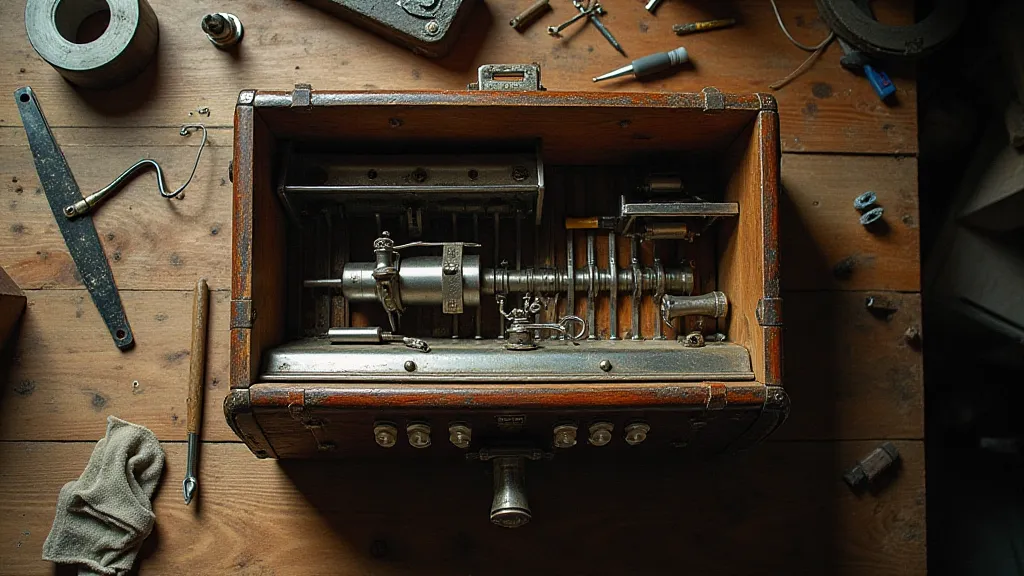
Even simply understanding the terminology can be daunting: bellows, reeds, treble, bass, buttons, keys—each term represents a specialized component with its own unique function. Then there's the identification process. Early accordions often bear makers’ marks—small engravings that can help to pinpoint the manufacturer and approximate age. These marks are often faint, requiring careful examination and specialized lighting.
The allure of collecting antique accordions lies not just in their beauty, but in their ability to connect us to the past. Each instrument represents a snapshot of a bygone era—a testament to the ingenuity and artistry of previous generations. It’s a tangible link to a world that’s rapidly disappearing, a way to preserve a piece of history for future generations.
Embracing the Details for Authentic Narrative
As a writer, I'm a firm believer that the smallest details can breathe life into a story. The specific type of wood used in the accordion’s construction, the pattern of the bellows’ decoration, the unique sound of a particular reed—these details can add layers of authenticity and depth to your writing. They can transport your readers to another time and place, allowing them to experience the story on a visceral level.
Don't be afraid to delve deep into the research, even if the details seem irrelevant to the main plot. You never know when a seemingly insignificant piece of information might spark a new idea or unlock a hidden narrative thread. The accordion's distinct, often melancholic sound, for example, lends itself particularly well to stories of longing, loss, and resilience.
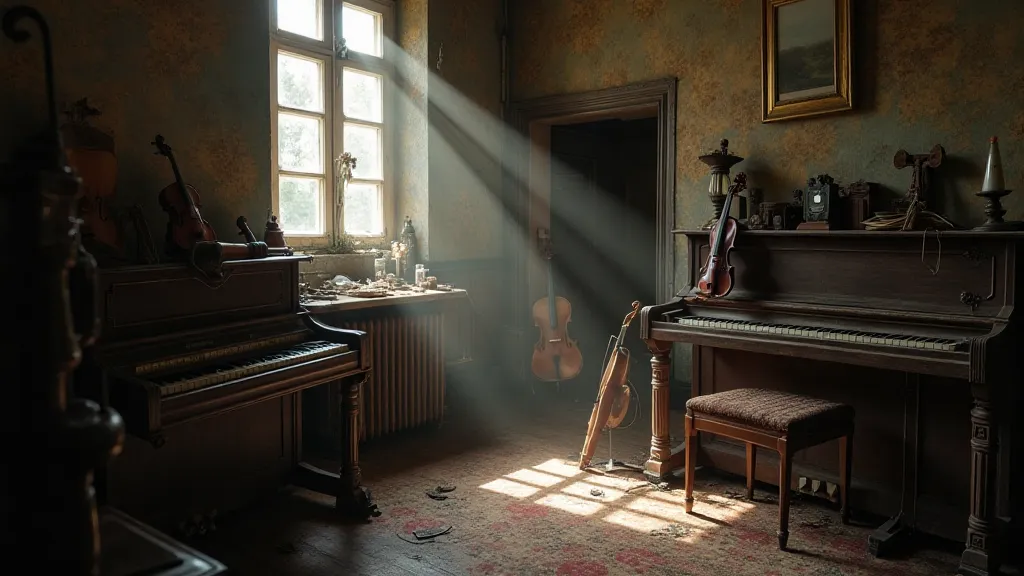
A Writer’s Inspiration
Ultimately, finding inspiration isn’s about discovering grand, sweeping themes. It’s about paying attention to the small details—the forgotten stories, the overlooked objects, the echoes of the past. It's about embracing the beauty of imperfection and allowing your imagination to wander down unexpected paths. The accordion, in all its dusty, cracked, and beautiful imperfection, served as the perfect catalyst for mine. And who knows what other treasures lie waiting to be discovered, waiting to whisper their stories to those who are willing to listen?
